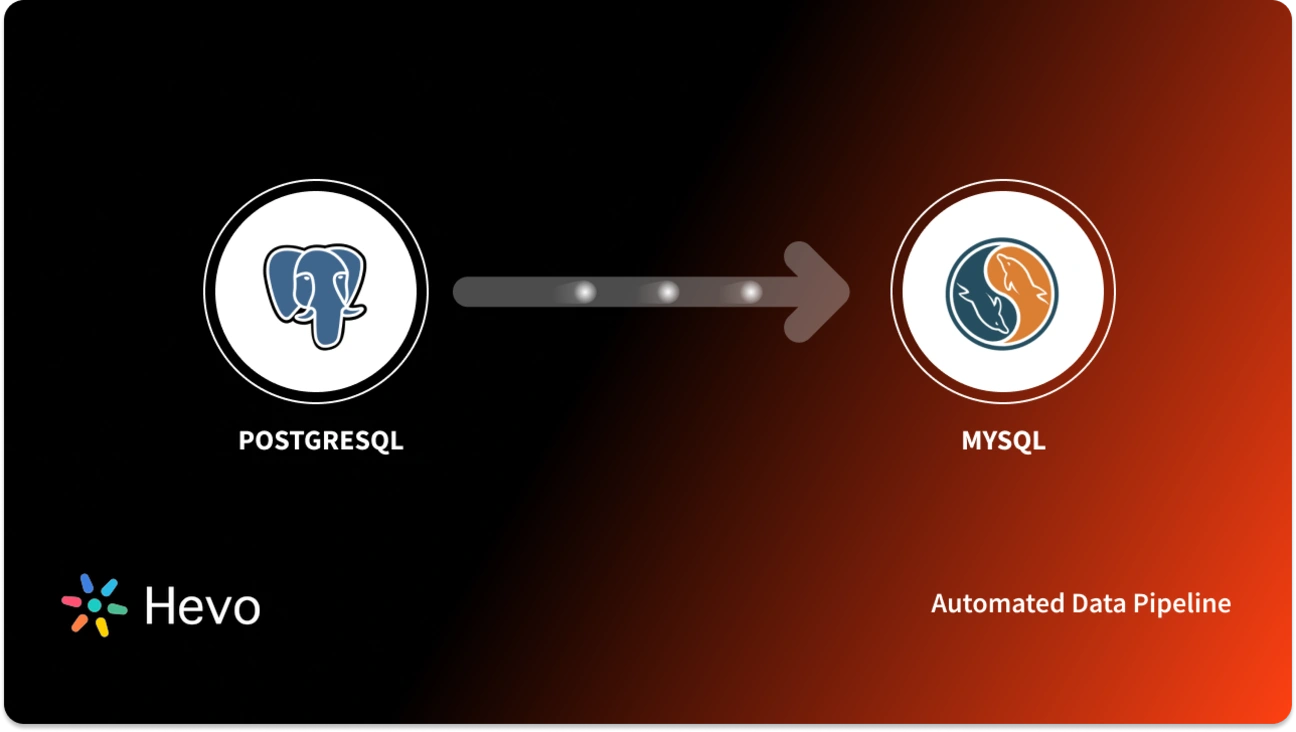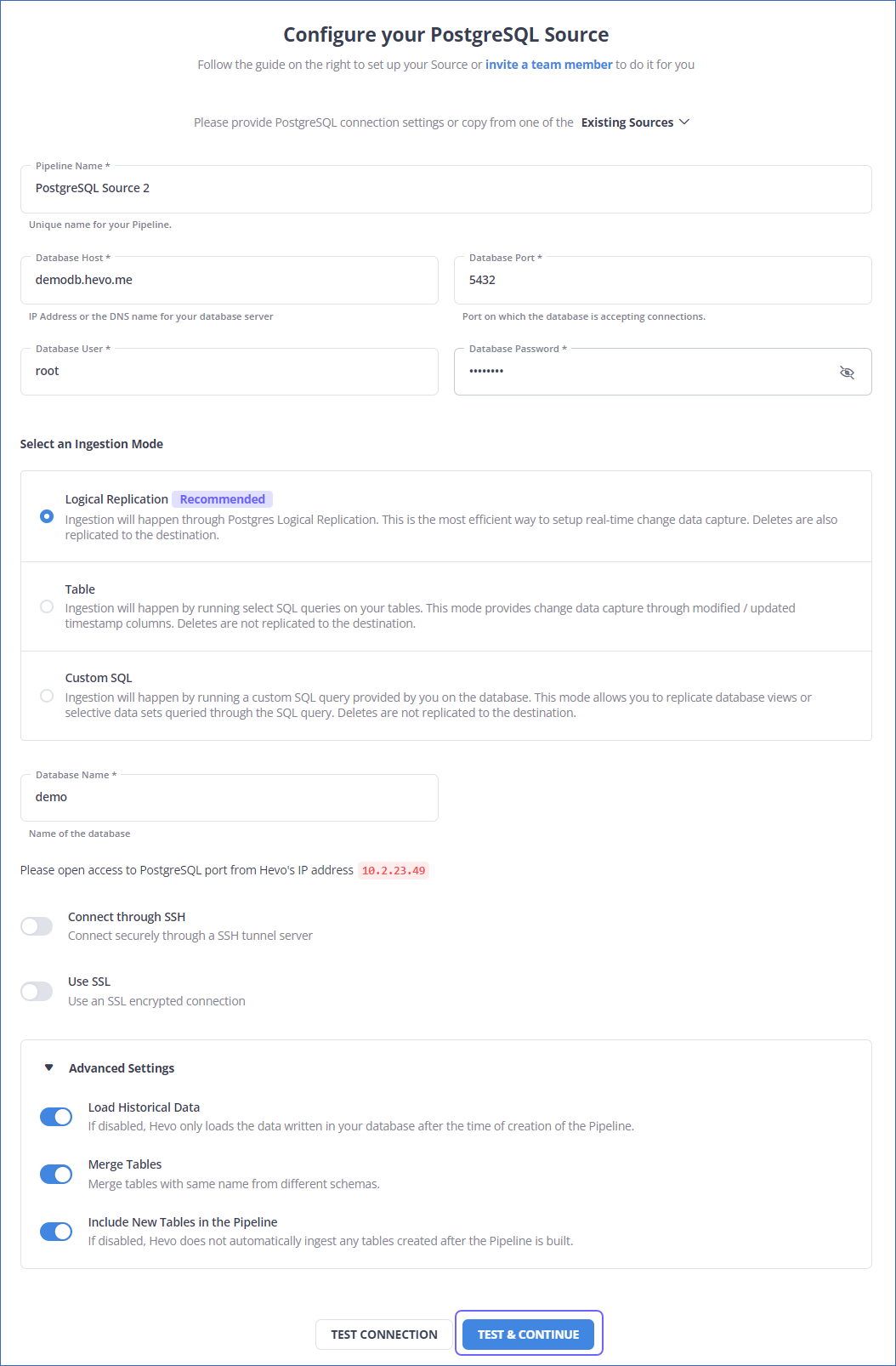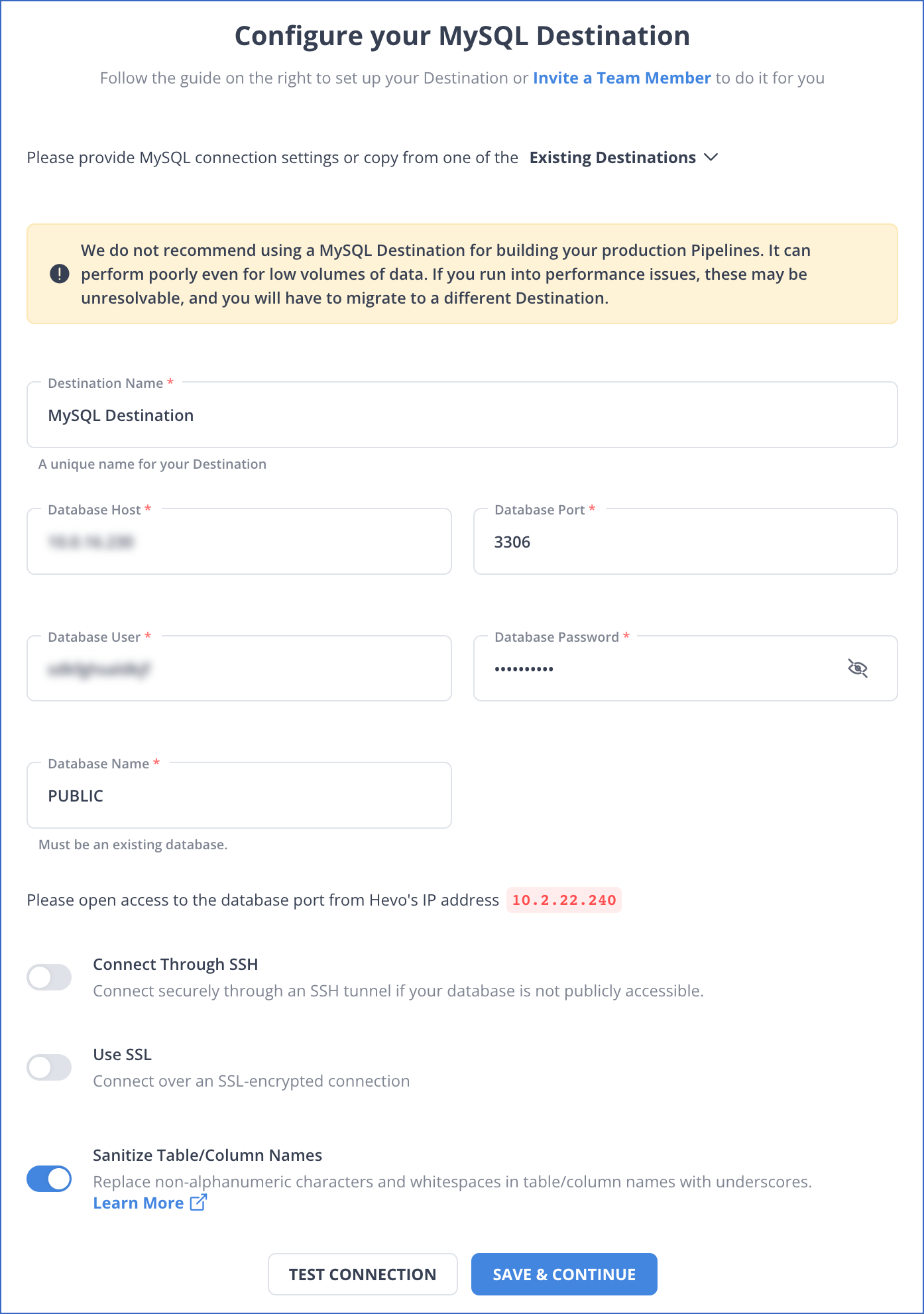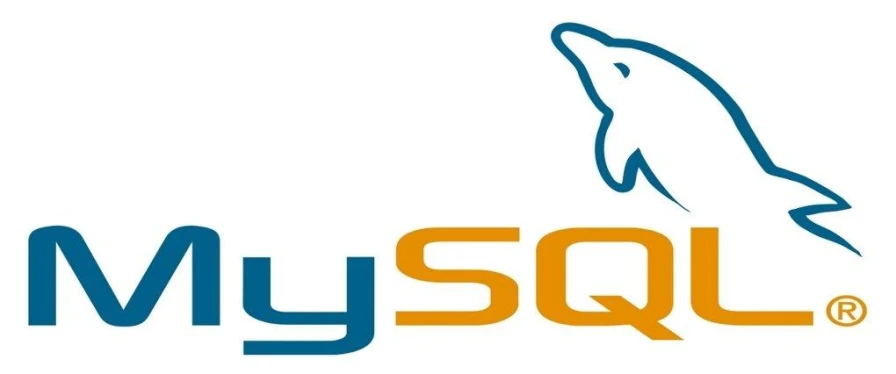Factors to Consider for Postgres to MySQL Migration
A few differences between Postgres and MySQL should be considered before moving from Postgres to MySQL:
Complexity brought on by certain data models: Numerous data types are supported by both Postgres and MySQL. This covers a wide range of data formats, including JSON, XML, and TEXT, as well as conventional SQL types like String, Boolean, Integer, and Timestamp. It's important to remember, though, that MySQL does not handle all Postgres data types.
Differences between SQL and database capabilities: There are several operations that are performed differently in Postgres and MySQL databases. Additionally, some features could be supported in one but not in the other. Understanding this might help you steer clear of certain typical traps.
Stored procedures: The process must be written in the regular SQL syntax according to MySQL. In comparison, the procedures in Postgres are function-based and may be written in a variety of languages, including Ruby, Perl, SQL, Python, JavaScript, and others.
Extensions for Postgres: It can complicate a migration if you use Postgres extensions; thus, before you migrate, be sure to audit each one separately.
Case sensitivity and support for IF/IFNULL: If a Postgres table or column name is enclosed in double quotations, it is case-sensitive. The names of MySQL tables and columns, however, are not case-sensitive. For this reason, bear this in mind while doing a migration. Additionally, Postgres does not support IF and IFNULL statements for condition evaluation, but MySQL does.











